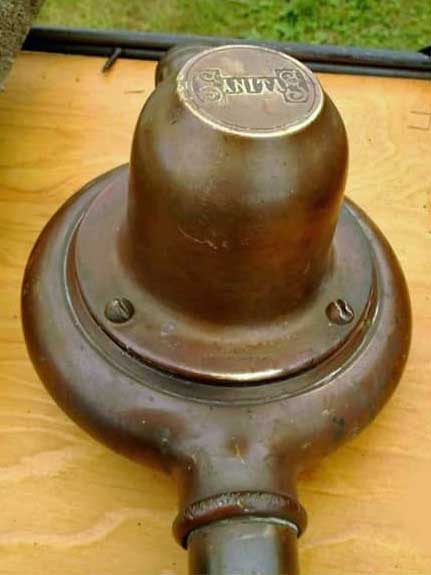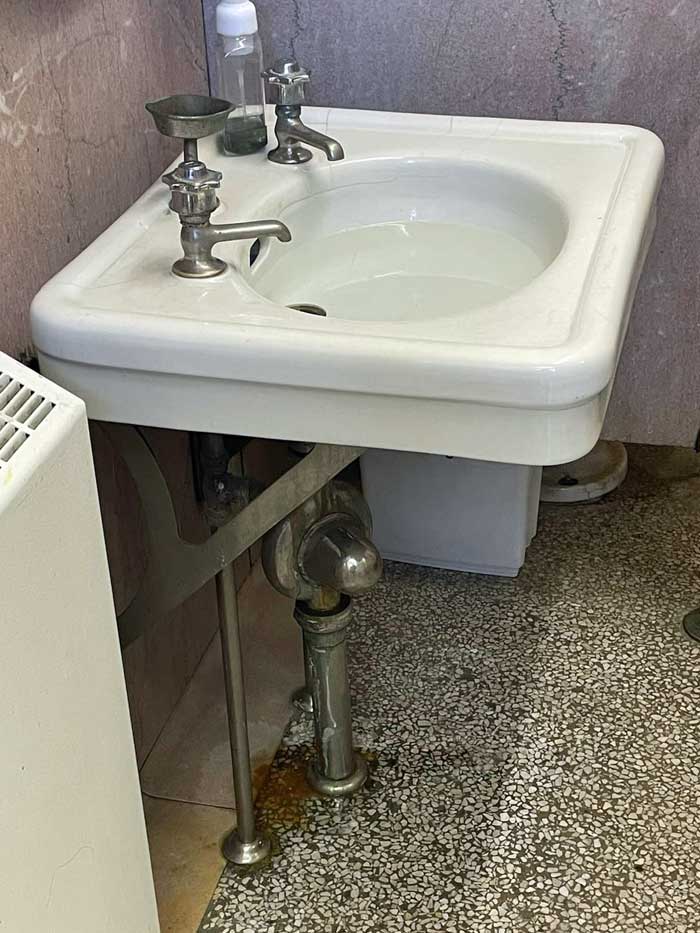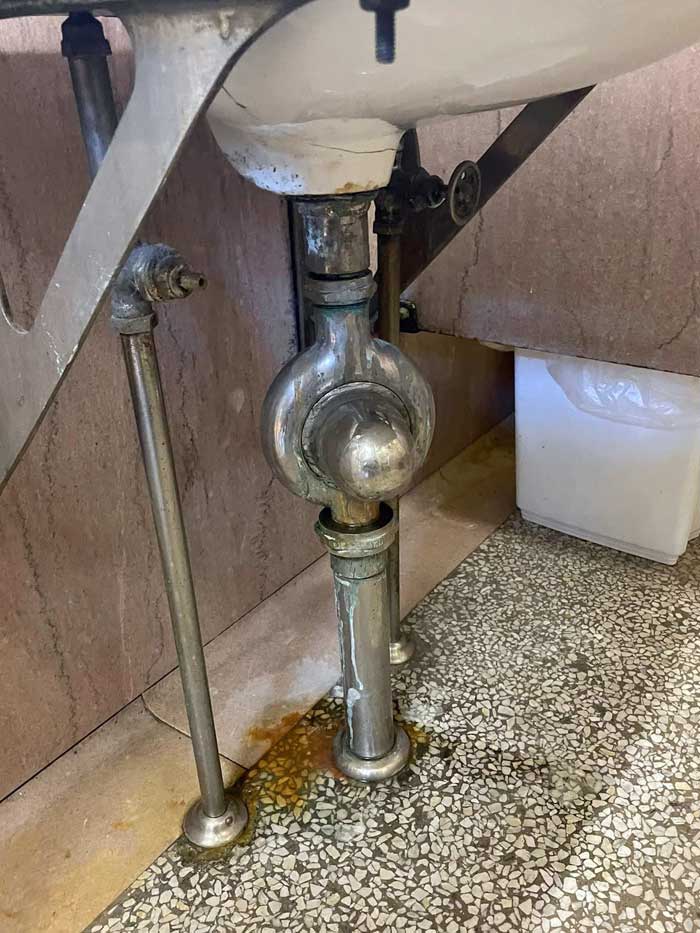Mike Magee
New Member
MEP engineer here came across one of these traps on a jobsite, just curious if anyone has a cut-away, or can describe how they work. I have only seen photos of the jobsite so far, but there does not appear to be a vent.


 looloodesign.com
looloodesign.com


One Great Sink Trap - LooLoo Design
LooLoo Design - Antiques and Inspiration For Finer Homes and Collections.One great sink trap

Last edited by a moderator:


